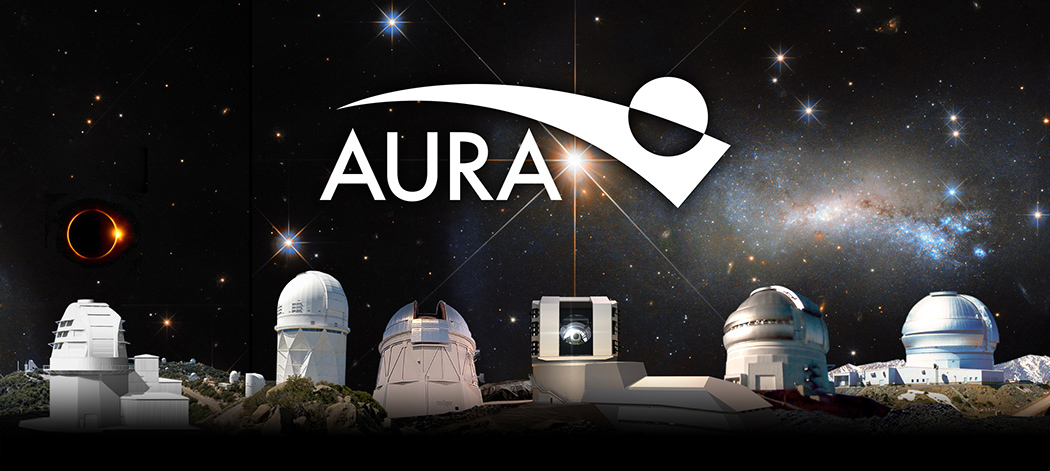AURA Statement on the Starlink Constellation of Satellites
UPDATED from June 2019
The Association of Universities for Research in Astronomy (AURA) is the managing organization for ground-based optical/infrared telescopes for the National Science Foundation (NSF), both extant and under construction. We note that the launch of the numerous satellites in the Starlink system (and others like it) may impact the quality of observations available from ground-based astronomical facilities.
One facility, the Large Synoptic Survey Telescope (LSST) under construction in Chile and managed by AURA under a cooperative agreement with NSF, is slated to begin wide-field imaging of the sky in 2022. LSST will create a color motion picture of the universe, and for the first time humanity will view the optical universe with a panoramic view in space and time. However, just as LSST is nearing completion, the dark sky may be partially obscured by bright low Earth-orbiting satellites.
The LSST Project Science Team has been simulating the potential impacts to LSST observations. Their latest update of preliminary results from November 2019 indicates that (assuming the full deployment of planned satellites) nearly every exposure within two hours of sunset or sunrise would have a satellite streak. During summer months there could be a 40% impact on twilight observing time (less in winter) and saturation of sensors by the satellites can continue well past astronomical twilight. Because of scattered light in the optics by the bright satellites, the scientific usefulness of an entire exposure can sometimes be negated. Detection of near-Earth asteroids, normally surveyed for during twilight, would be particularly impacted. Dark energy surveys are also sensitive to the satellites because of streaks caused in the images. Avoiding saturation of streaks is vital. The LSST team notes that “For the full Starlink constellation, at any one time during the night over 200 Low Earth Orbit (LEO) satellites will be visible. This will increase by the mid-2020s with additional planned constellations of LEO satellites.”
The impact of the satellite constellations on other ground-based telescopes that have wide fields, long exposures, and/or less sophisticated data processing pipelines may be as significant as the impact on LSST.
AURA recognizes the immense value of these satellite constellations that increase world-wide access to high-speed internet. As history has taught us, humankind has also benefited from the discoveries of ground-based telescopes. AURA, along with our community, would like to work with the companies deploying the satellites to develop ways to mitigate the impacts on astronomical observations. We look forward to an opportunity to assist with our scientific and engineering expertise in a process of developing industry standards that allow both the satellite constellations and ground-based astronomy to co-exist.
For a discussion of the broader impact of satellites on research in astronomy, please see a statement on satellite constellations by the International Astronomical Union.
See the National OIR Lab images and videos from the Cerro Tololo Dark Energy Camera.
Contact:
Shari Lifson
AURA Corporate Communications
slifson@aura-astronomy.org

